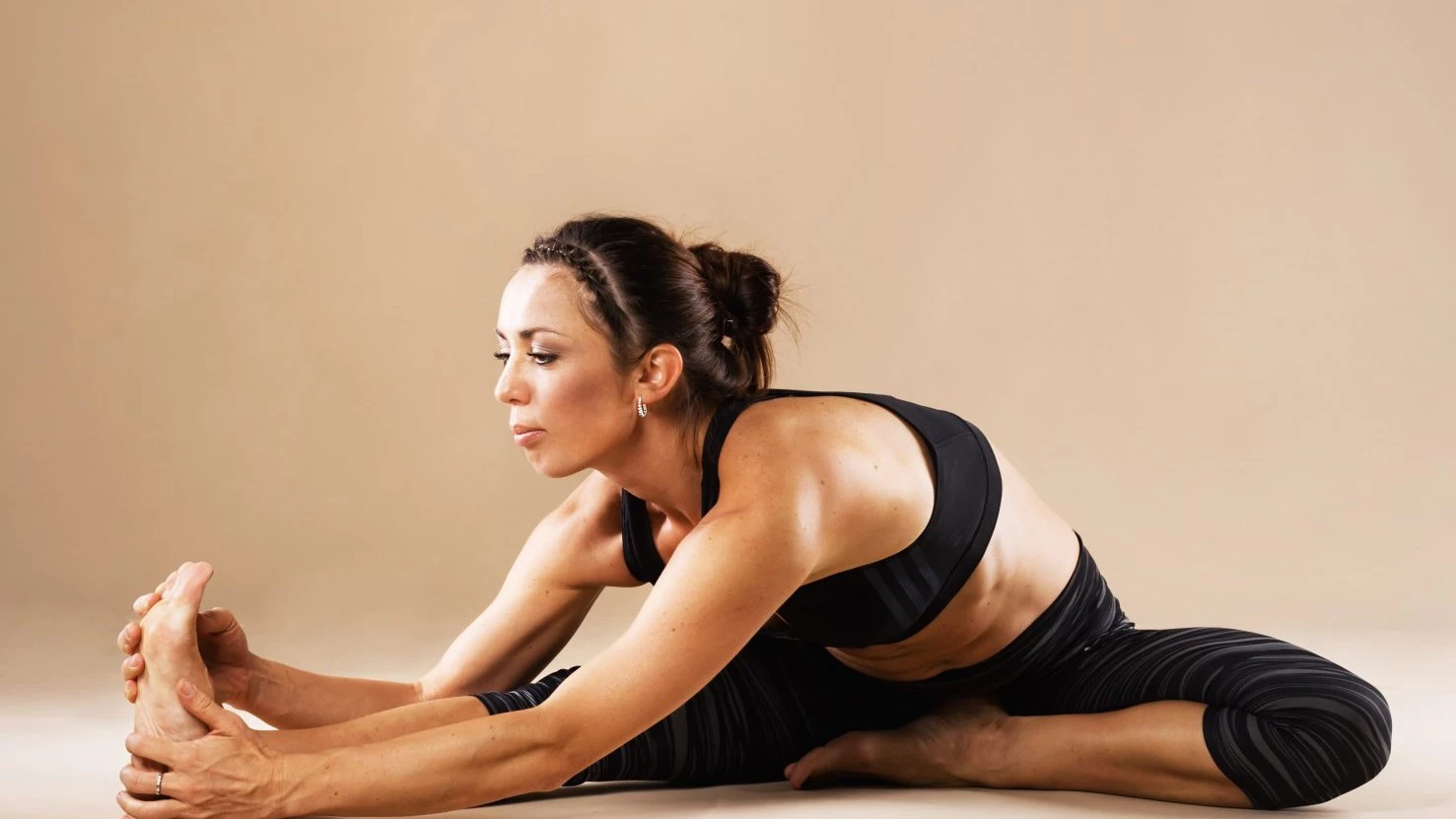Yoga for Depression: The Importance of Breath

Depression affects millions of individuals worldwide. Left untreated, depression can become debilitating. And while there are a variety of prescription medications available to address common depression symptoms, many people search for more natural options to relieve and combat depression. Examples of natural solutions include meditation, deep breathing exercises, relaxation techniques, regular exercise and yoga.
The most common form of yoga currently practiced within the US is Hatha yoga, which focuses on physical yoga asanas and yoga breathing exercises. Both research and anecdotal reports indicate that yoga for depression that incorporates yoga breathing exercises is beneficial in combating symptoms of depression, when practiced consistently over time.
Yoga movements range from gentle and slow, to strenuous, quick and even challenging. When choosing a yoga style, it’s important to one’s based current physical ability and fitness into consideration. However, many people seeking to combat depression with yoga may also prefer to find a yoga therapist that offers individual yoga therapy sessions for depression.
Pathways to Healing
Yoga movements work to enhance the body’s ability to manage stress responses. When yoga is practiced regularly, the individual’s resting heart rate reduces, blood pressure is lowered, and breathing is consistent and eased. In effect, yoga works to teach the body to self-regulate, strengthening its ability to respond to stress in a positive manner.
Depression often results from a disconnection from the mind and body. Yoga provides a platform for individuals to reconnect to who they are at their cores, allowing them to discover what the root cause is for the change in mood.
Probably the most powerful aspect of yoga for depression comes from breathing, however. Breathing typically becomes distorted in people who are depressed, and this exacerbates the condition, causing anxiety, deeper depression, stress or fear. The physical postures and breathing exercises of yoga are designed to open up the breath and encourage deeper and more natural breathing. Proper yoga breathing involves both slow and calming breaths and yoga breathing exercises that are more rapid and stimulating. The effect allows the mind to clear, and helps the individual to connect more deeply with their physical body. Increasing the body’s intake of oxygen also works to improve one’s mood. The end result of focused yogic breathing exercises is a more relaxed, in-touch state of mind. And it is this state of mind that provides needed skills for combating and managing depression.
While yoga shows promise for helping depression sufferers combat depression, it is not recommended as an independent treatment option for individuals suffering from severe depression. But when utilized in combination with a healthy diet, regular exercise program and medication when needed, yoga proves positive for individuals suffering from depression.



